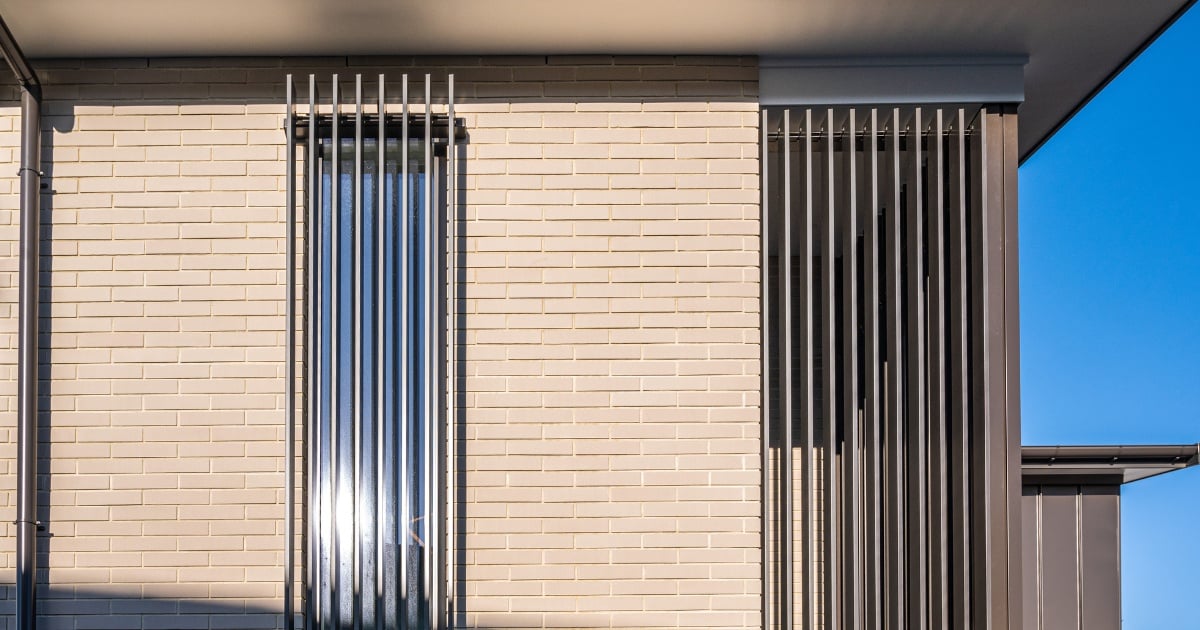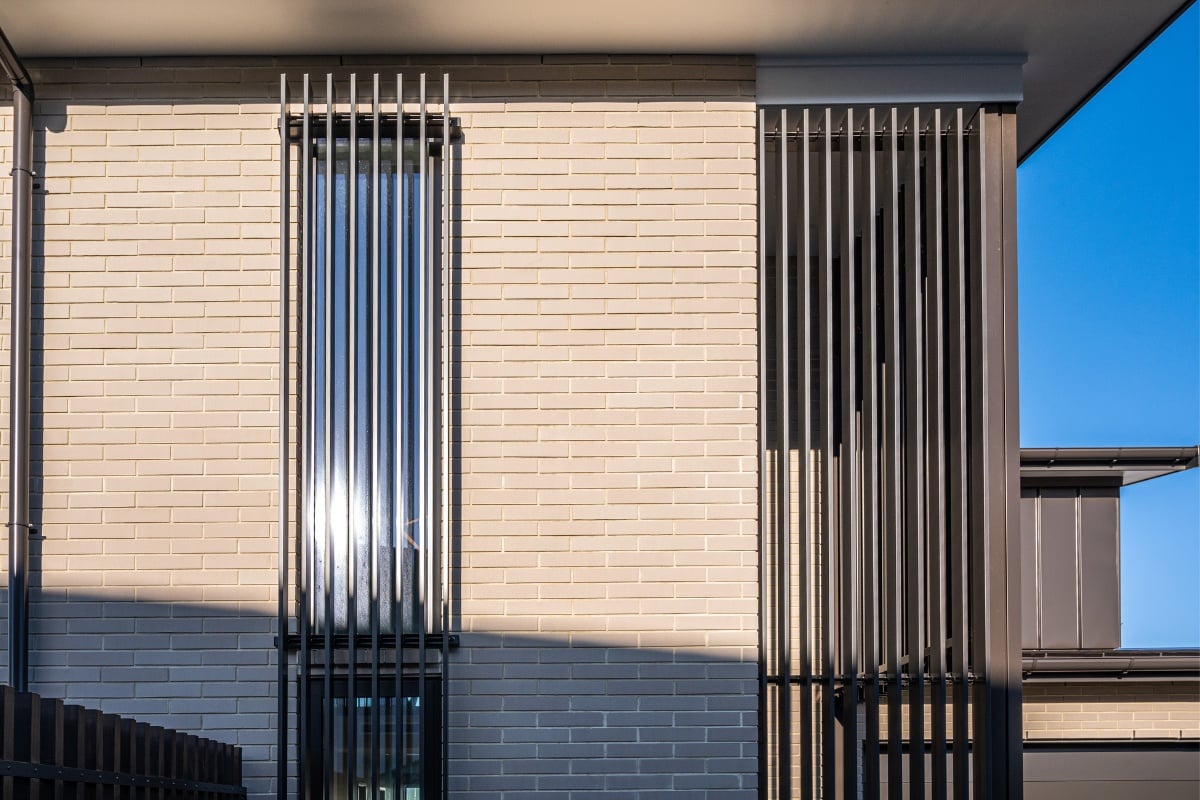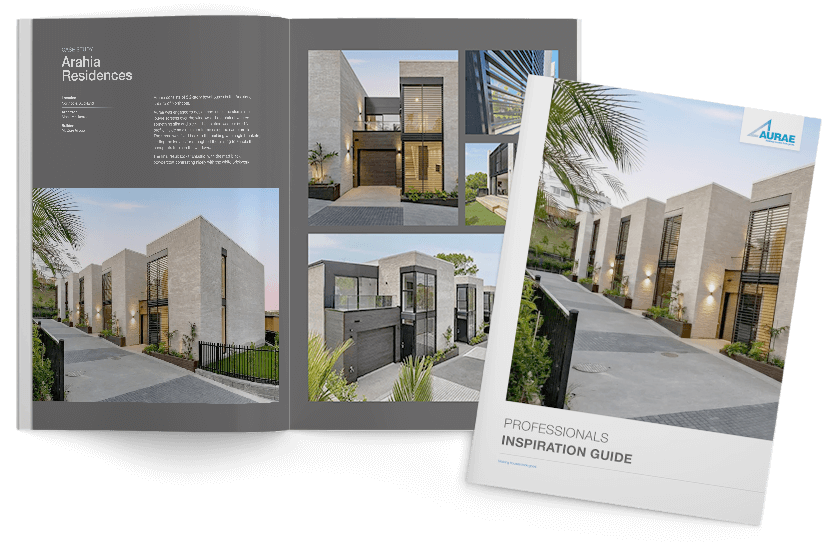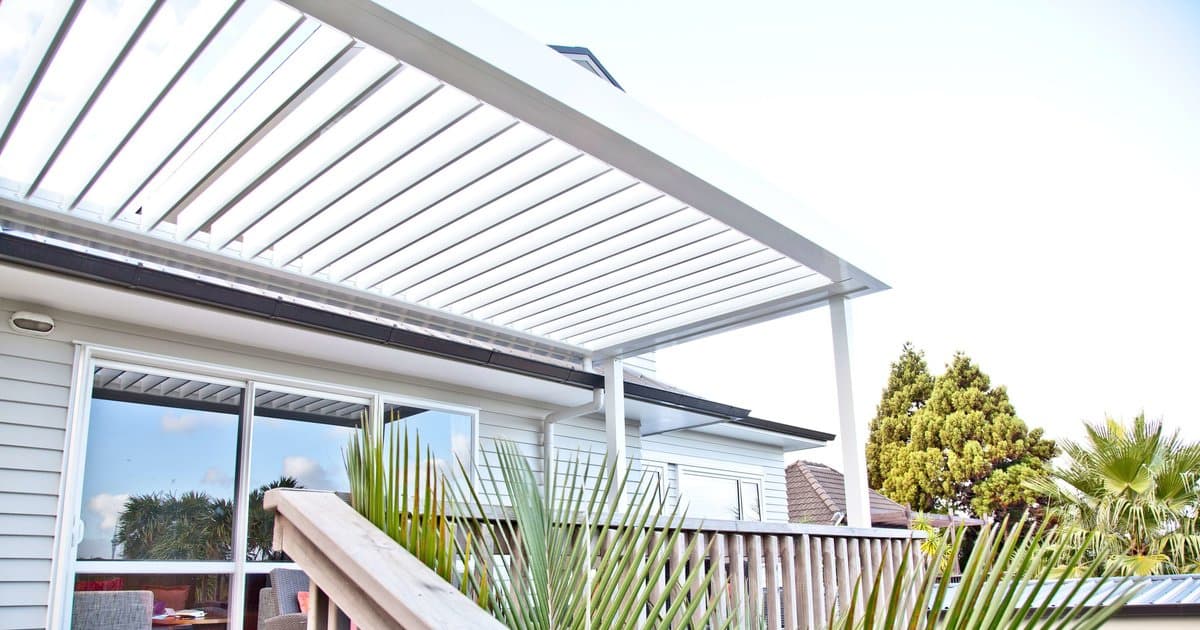The impact of thermal expansion on aluminium louvres


Installing louvres or an exterior facade on a property is an excellent way to elevate outdoor living space, and improve a building’s profile. The problem is, that these structures are prone to thermal expansion.
In this article, we explain what thermal expansion is, how to calculate it, and the impact it could have on an aluminium louvre system.
What is thermal expansion?
Thermal expansion is when an increase in temperature causes a material to expand. In design and engineering applications, thermal expansion has a major impact on structural integrity. The amount of expansion will depend on the material and temperature change.
Each material has a different coefficient of thermal expansion. This is the fractional change in the material’s length for each increased degree in temperature (℃). To calculate the thermal expansion of a material in a given environment, the following formula is applied:
Material length (mm) x Material coefficient x Temperature change (℃) = Thermal movement (mm)
Aluminium thermal expansion
So how much thermal expansion should you expect from aluminium? Aluminium is a versatile metal known for its low density, high corrosion resistance, and wide range of applications. According to AS/NZS1664, the coefficient for thermal expansion in aluminium is 0.000023/℃.
With this in mind, the formula to calculate thermal movement in your aluminium structure should look like this:
Length (mm) x 0.000023 x Temperature change (℃) = Thermal movement (mm)
For example, a 5m length of aluminium that is subjected to a temperature change of 30℃ would increase in length by 3.45mm (5000 x 0.000023 x 30 = 3.45mm). It is important to note that the temperature change in the equation refers to the metal temperature, not the air temperature. In some cases, the metal can be 20℃ higher than the air temperature.
For example, black materials have a Light Reflectance Value (LRV) of 0% and white has an LRV of 100%. This means black powder-coated aluminium will have a significantly higher surface temperature than the equivalent in white.
Consequences of thermal expansion
While thermal movement is inevitable, you can still account for it in your structural design to minimise problems.
No room for expansion
One of the most important considerations for thermal expansion is knowing how the expanding material will move. After calculating the thermal expansion using the formula above, note the surrounding elements and space of the material. If there is no room for expansion, the surrounding structure may be put under too much pressure.
Damaged fixings
If the louvre is secured with the wrong fixings, thermal expansion could cause it to break. In applications with high levels of thermal expansion, fixings need to adjust along with the metal.
Structural failure
If thermal expansion is not properly accounted for, it can lead to material fatigue and structural failures. If the structure consists of multiple materials with various thermal expansion rates, it will cause internal stresses. Over time, this may lead to cracking, warping, or buckling. If this is not well managed, the structure may collapse.
For example, excessive thermal expansion in an opening louvre roof may compromise its load-bearing capacity.
Compromised weathertight envelope
If the structure or fixings are damaged due to thermal expansion, it will likely result in problematic gaps or leaks. If water can penetrate the weathertight envelope, the internal elements of the structure may accumulate moisture and be compromised.
How to reduce the consequences of thermal expansion in louvres
Louvres are designed to offer shade control, weather protection, privacy, aesthetics, and ventilation to your exterior space. Unfortunately, this means they are exposed to frequent weather changes and temperature fluctuations. While thermal expansion cannot be avoided, there are several steps that can be taken to minimise the effects.
At Aurae, we already calculate the thermal expansion for many of our louvre and facade products. If you live in a climate where temperatures vary drastically, our team know all the ways to prevent unnecessary structural damage.
In our engineering process, we always select the right materials and account for the coefficient of thermal expansion. In addition, we use expansion joints to accommodate thermal movement and employ construction techniques that are appropriate for your climate.
Once your louvre or facade product is installed, it is vital to inspect and maintain it regularly. Note any signs of warping and any fixtures that may need to be replaced.
Why choose an Aurae louvre system?
Aurae’s louvres will make your house look good. We are committed to quality and reliability. In addition to planning for thermal expansion, our aluminium louvres are fully tested to ensure optimal aerodynamics and weathering performance. We also have a network of fabricators and installation crews to help all around New Zealand.
Benefits of working with us include:
- Wide range of colours and finishes
- Custom louvre designs & PS1
- Installation services
- Enhanced architectural character
- Strict quality control and testing.
In our extensive range of architectural designs, we offer fixed louvre blades, operable louvre blades, opening louvre roofs, rear pivot louvre systems, and sliding shutters. Find all the specifications, customisations, inspiration, and details in our helpful brochure. Click below for your free downloadable copy.

Looking for louvre inspiration for a current or future project? Our inspiration guide is the perfect starting point.
DOWNLOAD HERE


